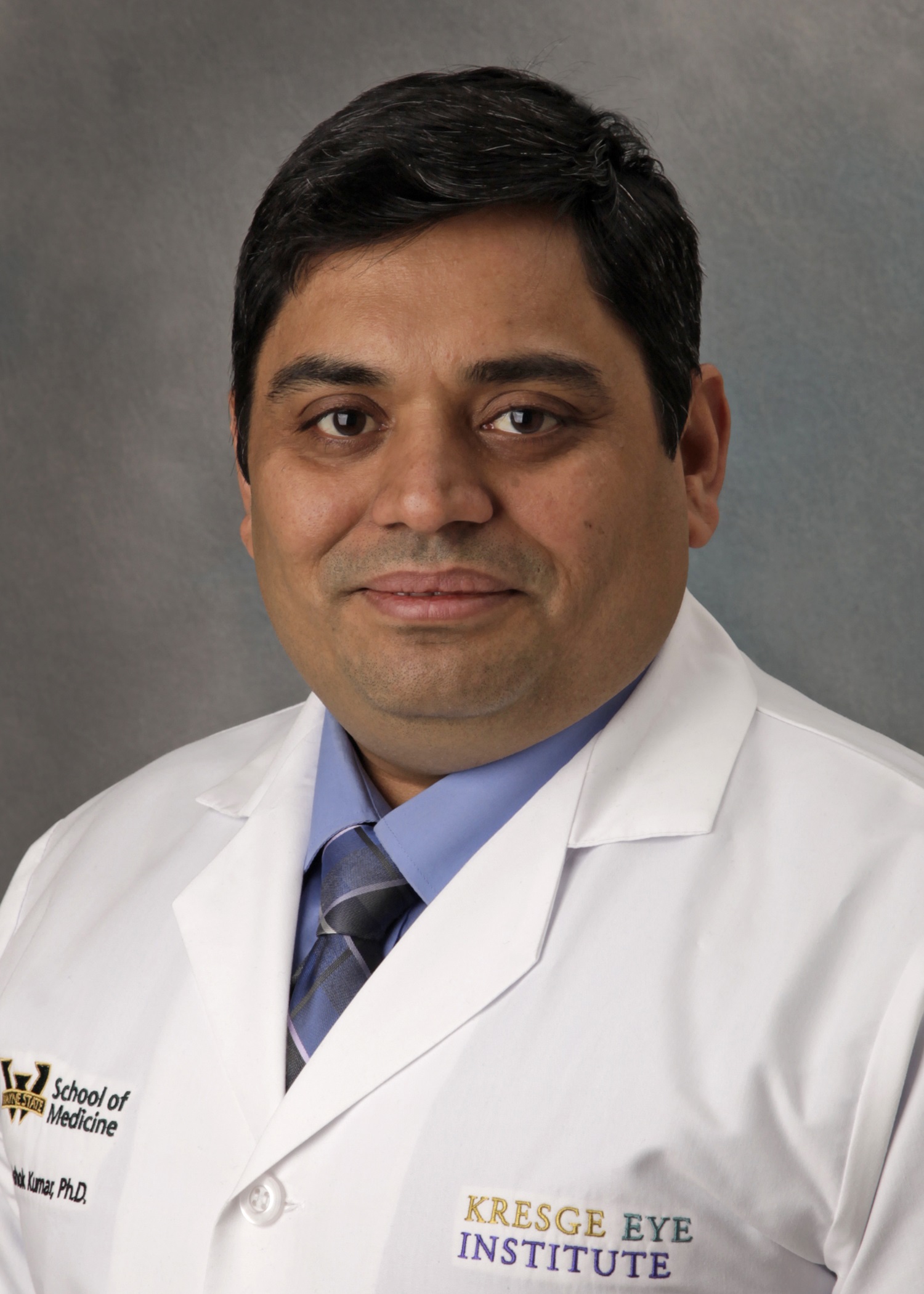NIH awards $2.3 million to Kumar’s lab to study cell death mechanisms in eye infections – School of Medicine News

Ashok Kumar, Ph.D., professor of ophthalmology, visual and anatomical sciences at Wayne State University School of Medicine, has received a five-year, $2.3 million grant from the National Eye Institute of the National Institutes of Health to study how ferroptosis, a type of regulated cell death, plays a critical role in retinal damage associated with bacterial endophthalmitis.

Bacterial endophthalmitis is a serious intraocular infection that can occur after eye surgery or trauma. The sight-threatening emergency can rapidly worsen and lead to significant visual impairment or permanent blindness if not diagnosed and effectively treated. Current therapies include intravitreal injections of antibiotics, which kill the bacteria but do not stop cell death and cause irreversible damage to the retina.
The new research aims to uncover the mechanisms behind ferroptosis, a newly identified form of regulated cell death caused by iron-dependent lipid peroxidation, and its effects on retinal cells during such infections.
“Understanding how this process is regulated could provide us with new avenues for therapeutic interventions that could prevent vision loss in patients suffering from this devastating disease,” said Dr. Kumar.
The project takes an interdisciplinary approach and integrates microbiology, immunology, cell biology and nanotechnology to develop a comprehensive understanding of the disease mechanism.
“We are particularly interested in how iron metabolism and lipid peroxidation contribute to cell death and how these pathways can be modulated to develop novel treatments,” said Zeeshan Ahmad, Ph.D., a postdoctoral fellow in Dr. Kumar’s lab.
“We plan to develop nanoformulations that not only limit the availability of free iron to bacteria but also contain antibiotics. This dual-acting formulation with sustained release of antibiotics will kill the bacteria and attenuate cell death caused by ferroptosis, thus preventing damage to retinal tissue,” added postdoctoral fellow Henry Kolge, Ph.D.
The goal of the research is to translate the findings into clinical therapies that can preserve vision and improve vision in patients with bacterial endophthalmitis, Dr. Kumar said.
Dr. Kumar acknowledged support from an unrestricted grant from Research to Prevent Blindness to Mark Juzych, MD, professor and chair of the Department of Ophthalmology, Visual and Anatomical Sciences and director of the Kresge Eye Institute, and the P30 Vision Core grant directed by Linda Hazlett, Ph.D., associate dean for research and graduate programs and vice chair of Ophthalmology, Visual and Anatomical Sciences.
The National Institutes of Health grant number for this project is EY027381.



